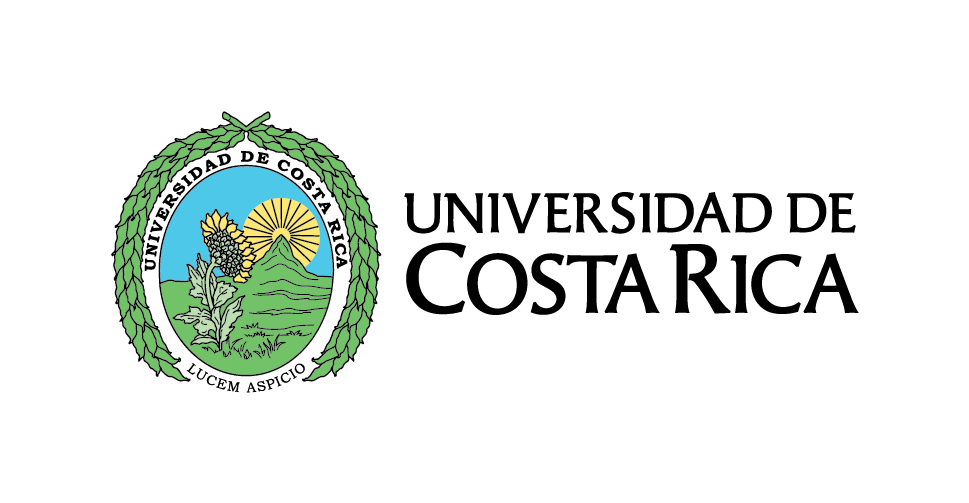Effect of temperature-time on sterilization process for a jacketed bioreactor system: Application of a Ratkowsky Nonlinear Model
Steam sterilization is a technique widely implemented in different biotechnological processes, among them the growth of microorganisms in bioreactors, which require initial aseptic conditions. In the present paper, it was studied the relationship between the lethality and the death rate of Bacillus...
محفوظ في:
| المؤلف الرئيسي: | |
|---|---|
| التنسيق: | Online |
| اللغة: | eng |
| منشور في: |
Universidad de Costa Rica
2018
|
| الموضوعات: | |
| الوصول للمادة أونلاين: | https://revistas.ucr.ac.cr/index.php/ingenieria/article/view/32877 |
| الوسوم: |
إضافة وسم
لا توجد وسوم, كن أول من يضع وسما على هذه التسجيلة!
|
| الملخص: | Steam sterilization is a technique widely implemented in different biotechnological processes, among them the growth of microorganisms in bioreactors, which require initial aseptic conditions. In the present paper, it was studied the relationship between the lethality and the death rate of Bacillus cereus grown in 7 liter jacked stirred tank bioreactors was examined, where sugar cane molasses was utilized as the main culture medium. The sterilization process was tested with an industrial autoclave within data loggers in bioreactors, which measure the temperature in the cold point to quantify the accumulated lethality. Through data analysis a contour plot allows a graphical prediction of the microbiological sterilization results in terms of colony forming units (CFU). The case study shows that there is range between 16 and 20 minutes, approaching 123 °C, with a null presence of contaminant microorganisms. The surface chart demonstrates the existing non-linear relationship between the variables temperature and time involved. A positive correlation was observed using Ratkowsky mathematical model with a 0,971 correlation coefficient and the estimated value of α = 11,04 and β = -1,49 for the non-lineal model of parameterization. With these results, it is possible to predict the CFU based on data. This could provide an interesting base for future sterilization practices and a methodology as a starting point for sterilization trials in industry and save time and costs. |
|---|

